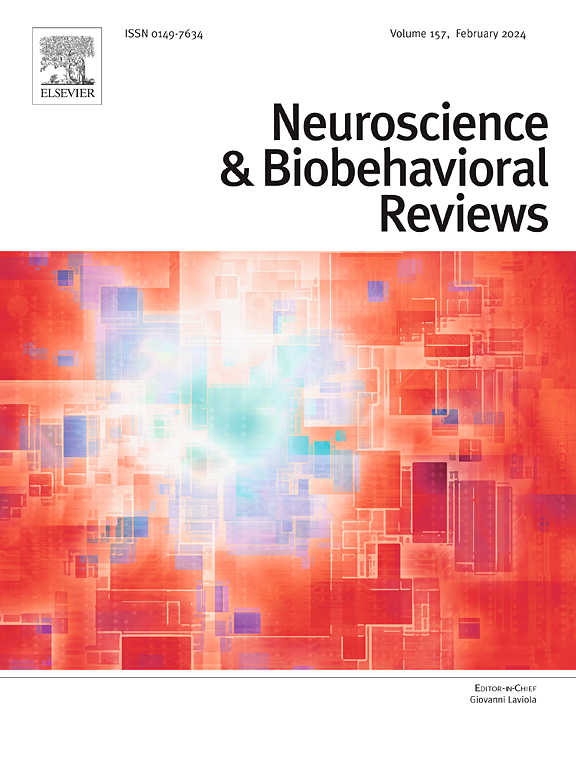Comparison of the efficacy of exercise interventions on depressive and anxiety symptoms in cancer patients: A systematic review and network meta-analysis
IF 7.9
1区 医学
Q1 BEHAVIORAL SCIENCES
引用次数: 0
Abstract
Objective
The effects of different exercise types on symptoms of depression and anxiety in patients with cancer were evaluated using a network meta-analysis (NMA) to provide an evidence-based guide for choosing appropriate exercise interventions.
Methods
Four databases were systematically searched from inception to October 2024. A NMA was performed using Stata 18.0 software through a random-effects model based on the frequentist framework. The study protocol was registered on the International Prospective Register of Systematic Reviews platform (Identification number: CRD42024605970).
Results
Seventy-two studies, totaling 6235 patients, were included to assess the effects of eight types of exercise on depressive symptoms in patients with cancer. The top three ranked by surface under the cumulative ranking curve (SUCRA) were yoga (highest probability, SUCRA=74.9 %), combination exercise (SUCRA=72.6 %), and dance (SUCRA=68.7 %). Forty-five studies, totaling 3845 patients, evaluated the effects of six types of exercise on anxiety symptoms in patients with cancer. The top three ranked by SUCRA were yoga (highest probability, SUCRA=92.5 %), aerobic exercise (SUCRA=61 %), and walking (SUCRA=54.4 %).
Conclusions
Yoga appears to be the most effective exercise option for alleviating symptoms of depression and anxiety in patients with cancer during rehabilitation.
运动干预对癌症患者抑郁和焦虑症状的疗效比较:系统综述和网络荟萃分析
目的采用网络荟萃分析(NMA)评价不同运动类型对癌症患者抑郁和焦虑症状的影响,为选择合适的运动干预措施提供循证指导。方法系统检索自建库至2024年10月的4个数据库。采用Stata 18.0软件,采用基于频域框架的随机效应模型进行NMA分析。研究方案已在国际前瞻性系统评价注册平台注册(识别号:CRD42024605970)。结果纳入72项研究,共6235例患者,以评估8种类型的运动对癌症患者抑郁症状的影响。在累积排名曲线(SUCRA)下按表面排列的前三名分别是瑜伽(概率最高,SUCRA=74.9 %)、组合运动(SUCRA=72.6 %)和舞蹈(SUCRA=68.7 %)。45项研究,总共3845名患者,评估了六种类型的运动对癌症患者焦虑症状的影响。SUCRA排名前三的是瑜伽(概率最高,SUCRA=92.5 %)、有氧运动(SUCRA=61 %)和步行(SUCRA=54.4 %)。结论瑜伽是缓解癌症患者康复期抑郁和焦虑症状最有效的运动方式。
本文章由计算机程序翻译,如有差异,请以英文原文为准。
求助全文
约1分钟内获得全文
求助全文
来源期刊
CiteScore
14.20
自引率
3.70%
发文量
466
审稿时长
6 months
期刊介绍:
The official journal of the International Behavioral Neuroscience Society publishes original and significant review articles that explore the intersection between neuroscience and the study of psychological processes and behavior. The journal also welcomes articles that primarily focus on psychological processes and behavior, as long as they have relevance to one or more areas of neuroscience.

 求助内容:
求助内容: 应助结果提醒方式:
应助结果提醒方式:


